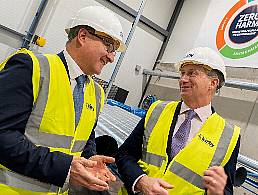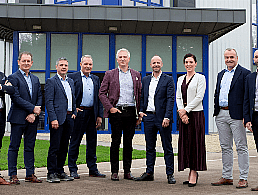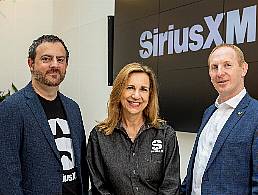The software testing company will use its latest round of funding for strategic acquisitions, new products and expansion plans.
BrowserStack, the platform that enables developers to test websites and mobile apps, has closed $200m in Series B funding.
The company, which is now valued at $4bn, plans to use the funding to scale and grow its business, including doubling its headcount in Ireland.
BrowserStack currently employs around 30 staff based out of its Dublin office operating in the areas of sales, software development and hosting.
The company’s director of data centre operations, David Braiden, told Siliconrepublic.com that it plans to double this number over the next 18 months. “Our team continues to grow across engineering and sales,” he said.
“Dublin is a key infrastructure hub for BrowserStack. We serve many of our customers in Europe from Dublin and will continue to invest in and expand our technology infrastructure to serve our rapidly growing European customer base.”
He added that recruitment is already underway on some of the roles.
Helping developers
The new funding will also be used for strategic acquisitions and new products that will help developers as the testing cycle becomes more complex with the growth of new classes of devices and the increasing need to test for accessibility and security.
BrowserStack’s CEO, Ritesh Arora, said the team is going to “double down” on solving new developer problems.
“Our recent acquisition of Percy, a visual testing platform, was just the start. We will accelerate the rate at which we take new products to market through acquisitions and investment in our product and engineering teams. We want to achieve our vision of becoming the testing infrastructure for the internet.”
The testing platform was founded in 2011 and has more than tripled its employee base in the last three years to a total of more than 750. It has also grown its data centre count to 15 across the world.
BrowserStack’s co-founder and CTO, Nakul Aggarwal, said the company’s data centre footprint allows it to serve developers from a location as close as possible to them.
“This reduces latency, which saves developers time, and helps them release fast. We will continue to invest in our platform to ensure every developer has an amazing experience,” he said.




